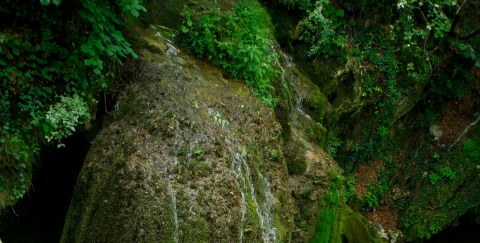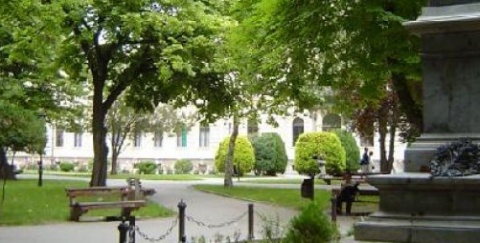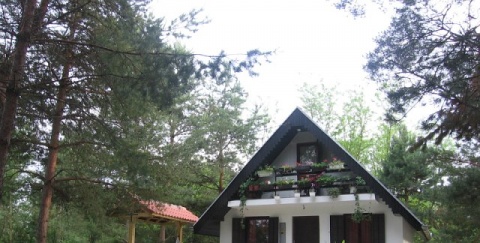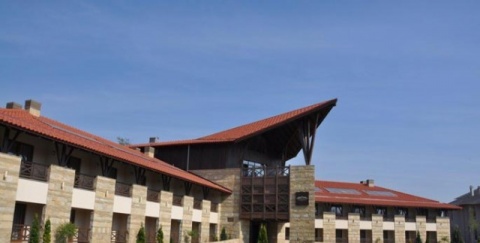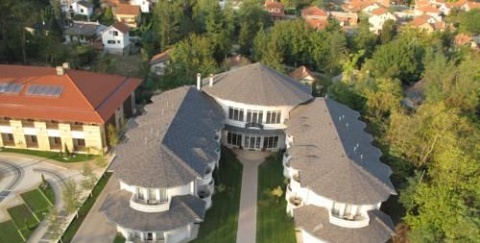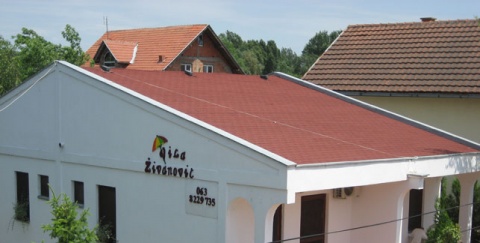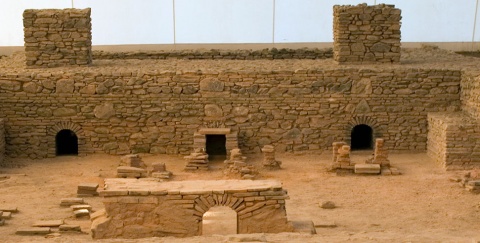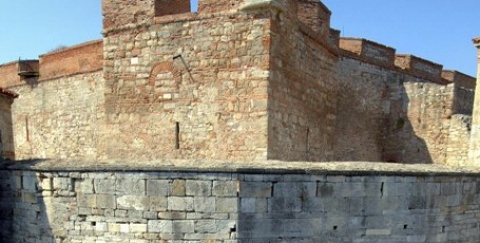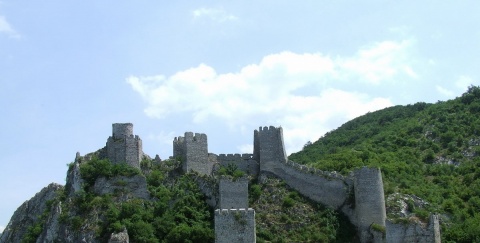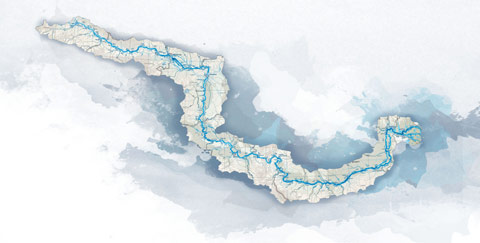
The soil structure around Vršac (population: 35,000) and the 23 neighbouring villages (total municipality population: 52,200)is very favourable for wine growing. Clay, sandy soil and quartz are perfect for grape ripening. The grapes that are harvested late often come with 35 % sugar content. A moderate continental climate around Vršac is another positive factor. The south-eastern wind košava helps to dry the soil and protects grapes against various diseases.
Vineyards around Vršac are on the slopes and at the foot of the Vršac Mountains. They were there even in the Roman and Dacian times. They were first mentioned, however, in 1494, when a barrel of Vršac wine was bought for 10.5 golden forints by order of the Hungarian King Ladislaus. This was in the early times of the Vršac Castle, the town’s symbol, built in mid-15th century on the top of the hill (altitude: 399 metres).
In 1718, after the Turks had left, a major migration from the German Rhine Valley, Alsace, Lorraine and the river Moselle brought along wine experts. Most of them settled in Gudurica, a village near Vršac, among them a Johan Tetz from Alsace, who built the first wine cellar in Gudurica. A nearby hill was later named Tetz’s Hill after him.
First Germans settled in the three streets especially built for them in Vršac in 1723. In 1792, 5,200 Serbs and 3,100 Germans lived here. The Serbian and the German parts of Vršac unified in 1794. Privileges and the status of free town in 1804 made Vršac a prosperous city that focused on wine and silk production. In the 19th century the municipality became the biggest viticulture area of that time in Hungary, and probably in Europe. Vineyards covered 10,000 hectares. The record harvest of 1875 gave a million buckets of wine (1 bucket = 56 litres). Five years later, a Swiss wine trader Staub built a cellar and called it Helvetia. It is still in use today.
The most important winery is certainly Vršački Vinogradi, with its 1,800 hectares of vineyards. It produces a wide range of top quality wines: Frankovka, Italian Riesling, Muscat Otonel, White Burgundy; Chardonnay, Rhine Riesling, semi-sweet, late-harvested Italian Riesling. Its old wine cellar in Gudurica can accommodate 150 persons.
Vršački Vinogradi wine cellar is an architectural marvel – it can store up to 34.2 million litres of wine. Built in 1964–1967 and Y-shaped, it became a symbol of former Yugoslavia. Being one of the tree biggest wine cellars in Europe, with Listel in France and Lograno in Spain, the cellar has five galleries: one underground and four above ground, containing 580 special concrete tanks lined with glass tiles.The winery is also famous for its spirits, such as natural grape brandy (45 %), Muskatna Lozovača (Muscat grapevine brandy; 45 %), Vršačka Grappa (43 %), and Gold Vinjak (40 %).
Also worth visiting are the Vinik Winery (which produces Vržole Red, Vržole White and Bermetto), Krstov Winery, Selecta Stojšić Winery(accommodates 50 visitors for wine tastings, has 2 double rooms for overnight stays), Nedin Winery, AS Winery and Ráb Winery – all on the Vršac Wine Route. Visits are by appointment only.
When in Vršac, take time to enjoy its beautiful architecture. Vršac is the seat of the Serbian Orthodox Bishop of Banat. You must visit the Serbian Orthodox Cathedral, completed in 1728, the Romanian Orthodox Cathedral (1912) and the Roman Catholic Church (1863) too. In addition to the churches, chapels and monasteries, visit the house where Tito stayed in 1944. It is now a museum.
DANUBE.TRAVEL has no control over the website content generated by users and/or visitors, neither such content represents a statement, opinion, recommendation or rating by DANUBE.TRAVEL. For further information please refer to DANUBE.TRAVEL – General Website Terms and Conditions of Use.
 EN
EN DE
DE


